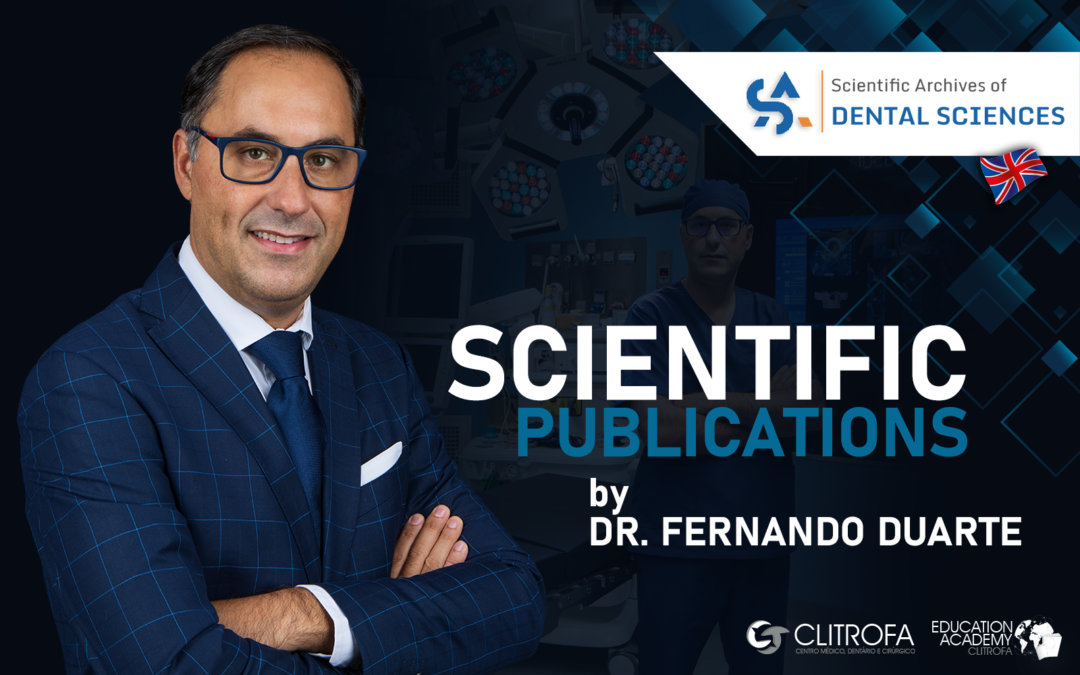Categoria: Reabilitação Oral
Autores: Miguel Nunes Vasques, Marco Infante da Câmara, Fernando Duarte and José Manuel Mendes
Referência: Clinical Performance of Full Arch Implant Monolithic Zirconia Rehabilitations – A Retrospective Study
Scientific Archives Of Dental Sciences 2021 – 4(9): 20-25
ISSN: 2642-1623
Abstract:
Introduction: Population aging and total edentulism are two interrelated factors. The United Nations department of public information states that the world population by 2015 was 7.3 billion people and the World Health Organization states that 26% of adults over the age of 74 will have lost all their permanent teeth, we are facing a public health problem that can be solved by using dental implants. Total fixed rehabilitations on implants are very well documented in the scientific literature. Various types of prosthetic materials may be used such as metalloacrylic, metallocomposite and metaloceramic. The most frequent complications of this type of oral rehabilitation are the fracture of the acrylic teeth, wear of the natural antagonist teeth, ceramic chippings, lack of passivity and repairs of fractured metal structures.
The use of zirconia for the execution of superstructures is a more recent modality of treatment. Rehabilitation in zirconia has been increasing in popularity due to its excellent mechanical and biological properties. Zirconia structures with cutback and subsequent application of ceramics often have frequent chippings. In order to find a solution, monolithic multilayer zirconia blocks have been developed to perform one piece fixed implant restorations. With this improvement it is expected reduction of fractures obtaining more esthetic fixed prostheses with high resistance and minimum occlusal adjustments.
Purposes: This retrospective study has as main objective to evaluate the clinical performance of the full arch rehabilitation on implants using monolithic zirconia Noritake Katana Kuraray ML®. The secondary objectives are the evaluation of the average weight of each structure in zirconia, influence of the distal cantilever as a risk factor in the fracture of the structure in each dental arch, incisal edge chippings, fracture of cusps or zirconia structure, evaluation of the level of wear of the antagonistic arches and dicementation of the titanium interfaces of the zirconia structure.
Nenhum resultado encontrado
A página que você solicitou não foi encontrada. Tente refinar sua pesquisa, ou use a navegação acima para localizar a postagem.

